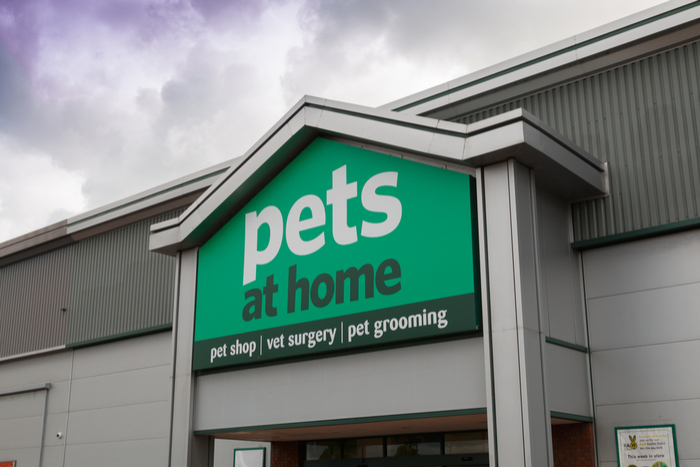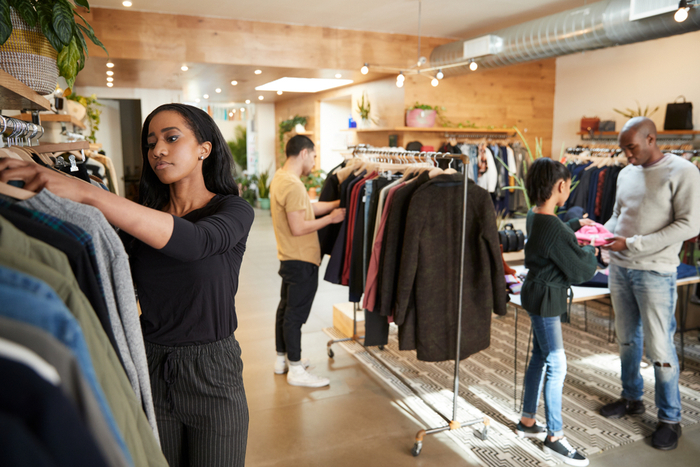Click and collect will become more widespread
Click & Collect, as pioneered by John Lewis which saw double digit growth in Christmas 2012 compared with the previous year, will continue to be a major trend with more retailers investing in these solutions. In addition to this, larger multichannel orders will be processed as consumers grow more confident with m-commerce and shopping through apps. The increased penetration of mobile banking will also support this trend.
The challenge for retailers will be successfully integrating these multichannel strategies. Customers are adept at operating across multiple sales and communication channels during the retail journey and expect multichannel retailers to offer integrated cross-channel services, but retailers need to ensure that this cross-channel experience is seamless.
Retailers with solid integrated multi channel strategies will be the winners. This means both online user experience and in-store experience – as well as their relationship to each other – are paramount. If companies are going to be truly successful in a multichannel environment they must invest in their back-end processes, e.g. stock availability and inventory management, to keep up with consumer expectations.
Diversification of retailers will continue
Diversification is key for growth and brands that diversify into new fields such as Amazon, which launched its clothing offering in October 2012, will become serious competitors within the fashion market as brands sell stock direct to them.
Increased challenges around stock-profiling in the multi channel environment
Stock forecasting will become more difficult as lead times become shorter. The industry is increasingly seeing more retailers such as Aurora offering 60 minute delivery windows and in order to execute this successfully, retailers will need to consider how they make their supply chains shorter and less complex. If they neglect the more sophisticated inventory management systems such as just-in-time stock control, they run the risk of failing to deliver at the point of sale – leading to frustrated consumers who are unlikely to repeat the experience.
Innovative retail models are key and here to stay in the immediate future
Pop-up stores, smaller high street shops that stock one display item of each product, order-in-store kiosks, and home delivery from the warehouse will become increasingly popular as retailers seek to attract customers through innovative retail models. QR codes will become more popular creating a more interactive store experience.
Retailer collaboration with partners and competitors
Collaboration within the supply chain is a major trend, with businesses sharing everything from warehousing and transportation to consolidating back office functions such as finance, administration and customer service.
Retailers which are innovative with their supply chains through sharing loads, developing multi high street drop solutions and creating shared warehousing will drive cost efficiency and better cash flows. Collaboration can provide many benefits for businesses, for example: a single delivery charge as larger deliveries reduce the number of trips, less packaging for products, less product wastage and overall better visibility. It also has the benefit of reducing fuel costs and increasing the utilization of vehicles, therefore lowering carbon emissions.









